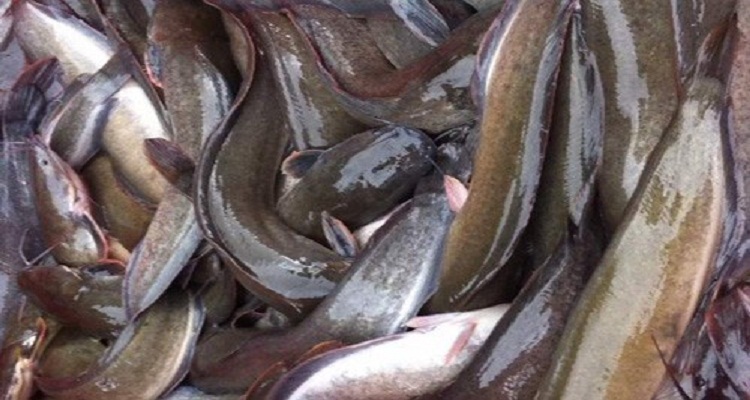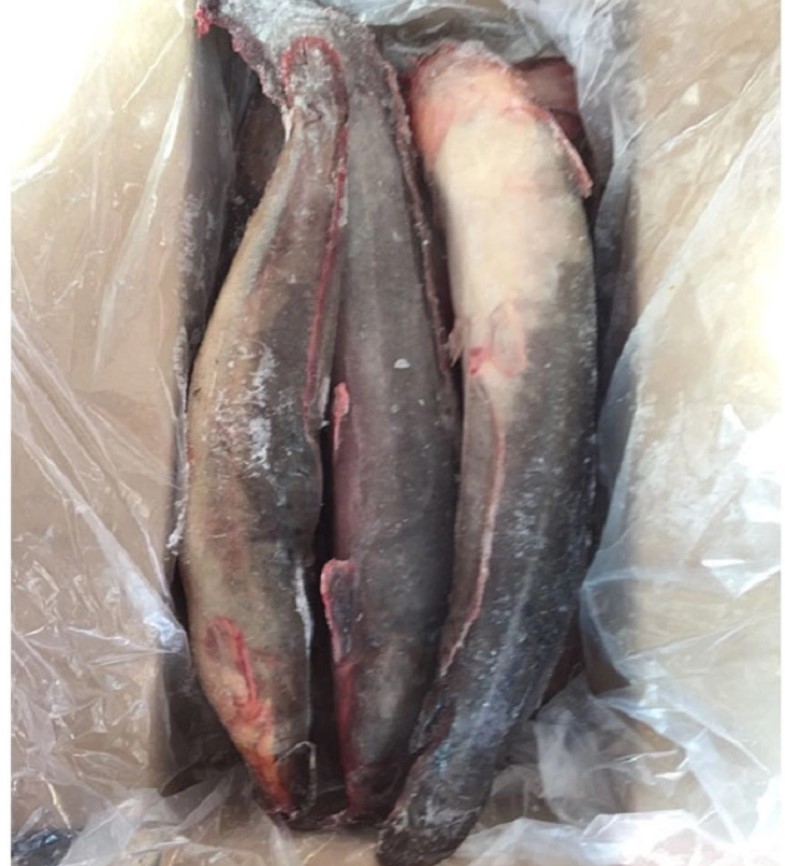
Catfish, with its rich flavor and high nutritional value, has long been a familiar dish in Vietnamese meals. Beyond domestic consumption, Vietnamese catfish is now asserting its position in the international market, significantly contributing to the country’s aquatic product export turnover.
1. Concentrated Catfish Farming Regions
Concentrated catfish farming regions in Vietnam are primarily in the Mekong Delta provinces, where natural conditions are favorable for freshwater aquaculture development. Typical provinces include:
- An Giang: Considered the hub for pangasius and basa fish farming, An Giang is also an important catfish farming area.
- Dong Thap: With its intricate network of canals and rivers, Dong Thap is an ideal location for many aquatic species.
- Can Tho: The economic center of the Mekong Delta, Can Tho also hosts many large-scale farms.
- Soc Trang, Bac Lieu, Ca Mau: Coastal provinces also strongly develop catfish farming alongside other aquatic products.
Common farming models include pond farming, cage farming on rivers, or ditch farming in gardens, depending on the conditions and scale of individual households or businesses.

2. Nutritional Value of Catfish
Catfish is highly valued for its nutritional content, providing abundant protein and many other essential nutrients, including:
- Protein: High in protein, essential for the growth and repair of body tissues.
- Fats: Contains monounsaturated and polyunsaturated fatty acids, especially Omega-3 and Omega-6, beneficial for heart and brain health.
- Vitamins: Rich in vitamins A, D, E, and B-group vitamins (B1, B2, B6, B12), which play important roles in many metabolic processes in the body.
- Minerals: Provides essential minerals such as calcium, phosphorus, iron, zinc, and selenium, necessary for bones, blood, and the immune system.
With these nutritional values, catfish is a nutritious food suitable for all ages.
3. Export Products from Catfish
To meet the diverse demands of the international market, Vietnamese catfish export products are quite varied:
- Whole frozen : This is the most common product, cleaned and flash-frozen to preserve quality.
- Frozen fillet: Fish is deboned and cut into fillets, convenient for processing.
- Frozen portions: Fish is cut into ready-to-eat pieces, packaged, and frozen.

4. Main Export Markets
Currently, the main import markets for Vietnamese catfish include:
- Asia: This is the traditional and largest market, especially China, South Korea, Japan, and ASEAN countries (Thailand, Malaysia, Singapore) due to similar culinary cultures.
- Europe: Some European countries also import catfish, mainly those with large Asian communities.
- North America: This market also has potential, particularly serving Asian restaurants and the Vietnamese community.
- Middle East: Middle Eastern countries are also emerging as potential markets.
5. Difficulties and Advantages of Vietnamese Catfish Farming
Advantages:
- Favorable natural conditions: The Mekong Delta, with its intricate river and canal system and year-round tropical humid climate, is ideal for catfish farming.
- Farming experience and techniques: Vietnamese farmers have long-standing experience in aquaculture, and with the support of science and technology, have improved fish productivity and quality.
- Competitive labor costs: Labor costs in Vietnam are relatively low, helping to reduce product prices.
- Government support policies: The government has many policies to encourage and support the development of the aquaculture industry, including policies on capital, technology, and trade promotion.
- Diverse consumer market: Catfish is popular in many countries, especially in Asia, creating a large export market.
Difficulties:
- Climate change: Droughts, saltwater intrusion, and floods are becoming increasingly complex, affecting water sources and farming environments, causing losses to farmers.
- Diseases: Fish diseases can break out at any time, causing significant economic losses if not well controlled.
- Rising input costs: The prices of feed, fingerlings, and disease prevention/treatment drugs tend to increase, reducing farmers’ profits.
- Intense competition: Other countries also develop catfish farming, creating competition in terms of price and quality in the international market.
- Technical requirements and quality standards: Import markets are increasingly strict about food safety and hygiene standards and traceability, putting pressure on farmers and exporting businesses to improve product quality.
- Branding and trade promotion: Building the brand of Vietnamese catfish in the international market is still limited; more investment is needed in trade promotion and product advertising.
Other articles:
Other agricultural products:


